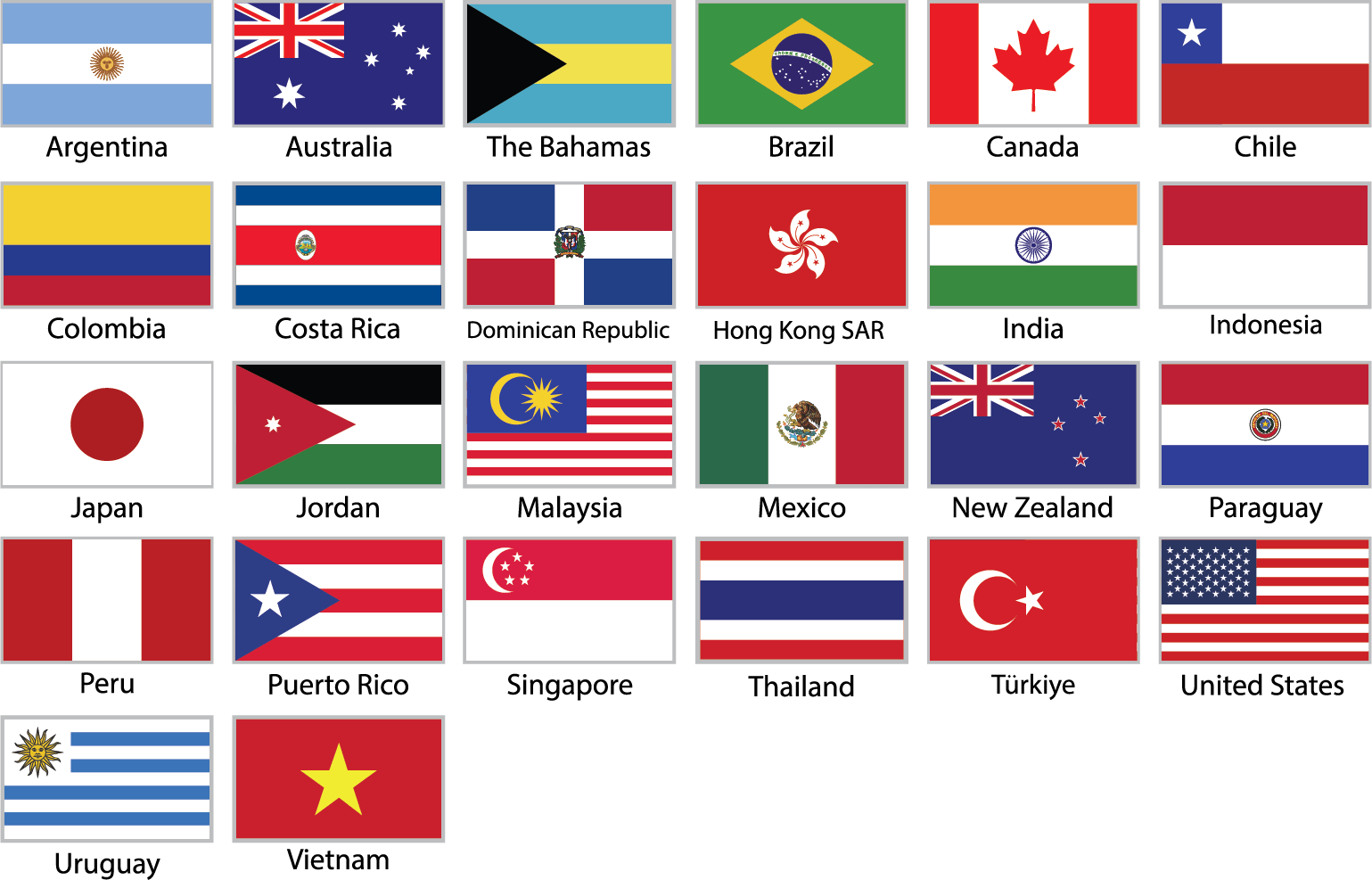The farm was just like the ones in the storybooks. Once upon a time, the resemblance wouldn’t have been unusual — the tales were based in reality after all — but then farming changed, and storybooks didn’t. Not that you would have expected them to. Is there any tale of a modern factory farm that a child could bear to hear? A vast, mechanized operation, the factory farm is ugly, smelly and inhumane — a place not to visit but avoid. It’s a bad situation from every angle, and government has barely addressed it. As a consumer, however, you can get the ball rolling by showing your preferences for humanely, sustainably produced eggs. The trick is recognizing which those are. Ignore the “Animal Care Certified” label, which is an industry designation that 85 percent of eggs now bear. While it does confirm that the producer followed a set of standards, those standards hardly qualify as humane.
Instead, look for eggs that bear two labels:
1) The “Organic” label, which guarantees that hens are raised without pesticides and receive only organic feed; and
2) The “Certified Humane” label, which verifies that hens are raised in conditions that allow them to engage in their natural behaviors (such as nesting and perching), are provided with sufficient space and shelter, are supplied with a healthy diet free of antibiotics and hormones, and are handled gently to minimize stress.
Note the difference between the two types of labels. “Organic” primarily addresses use of chemicals and additives in the farming system whereas “Certified Humane” . is concerned chiefly with animal welfare.

This Green Life : Poor Henny Penny
Posted: July 15, 2005 by Certified Humane
The farm was just like the ones in the storybooks. Once upon a time, the resemblance wouldn’t have been unusual — the tales were based in reality after all — but then farming changed, and storybooks didn’t. Not that you would have expected them to. Is there any tale of a modern factory farm that a child could bear to hear? A vast, mechanized operation, the factory farm is ugly, smelly and inhumane — a place not to visit but avoid. It’s a bad situation from every angle, and government has barely addressed it. As a consumer, however, you can get the ball rolling by showing your preferences for humanely, sustainably produced eggs. The trick is recognizing which those are. Ignore the “Animal Care Certified” label, which is an industry designation that 85 percent of eggs now bear. While it does confirm that the producer followed a set of standards, those standards hardly qualify as humane.
Instead, look for eggs that bear two labels:
1) The “Organic” label, which guarantees that hens are raised without pesticides and receive only organic feed; and
2) The “Certified Humane” label, which verifies that hens are raised in conditions that allow them to engage in their natural behaviors (such as nesting and perching), are provided with sufficient space and shelter, are supplied with a healthy diet free of antibiotics and hormones, and are handled gently to minimize stress.
Note the difference between the two types of labels. “Organic” primarily addresses use of chemicals and additives in the farming system whereas “Certified Humane” . is concerned chiefly with animal welfare.
Category: news